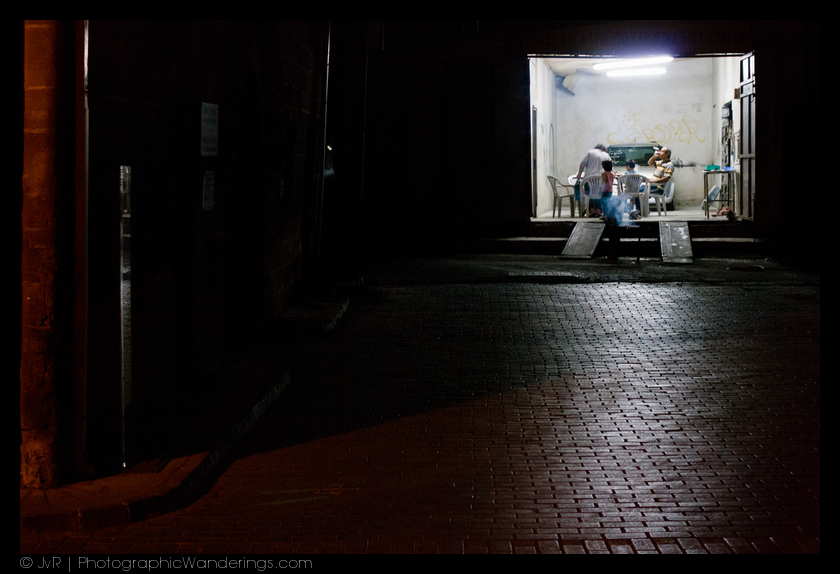'Photography is the art of leaving things out.'
That's what I read a long time ago and it stuck with me.
I probably read it in Dutch, my native tongue. I have long forgotten where and when.
I still consider it good advice and I try to live by it. It goes for writing too, so it fits well with both my main professional preoccupations.
Jay Maisel also mentions it, when he tells his workshop or seminar audiences to always look at the whole frame. We tend too often to forget about the edges of our images when we take our shots.
Over time, though, I've come to believe that the statement is a bit restrictive. I think it made me focus too much on composition, for example, and not enough on using light to direct the viewer's attention to what matters in an image.
As someone who dabbled a bit in photojournalism, it also made me realize that 'leaving things out' can lead to not showing the whole truth. I used to cover riots and demonstrations and would zero in on the actual conflict before my lens. That seemed logical and in line with leaving things out. The conflict WAS the image.
And then a real professional German photojournalist showed me his portfolio, which included coverage of riots and demonstrations. In his pictures, unlike in mine, you could see people on the sidelines, people who weren't yelling, people who looked the other way. I asked him why he showed what obviously wasn't part of the main storyline. I paraphrase, but his answer was basically that reality is never clear cut anyway.
And that's true.
I still believe that a good rule for photographic composition is thinking of it as the art of leaving things out. To try to bring back the image to its true essentials. But it's just one rule and once in a while it's also good to realize that all rules sometimes need to be broken.
By John van Rosendaal

